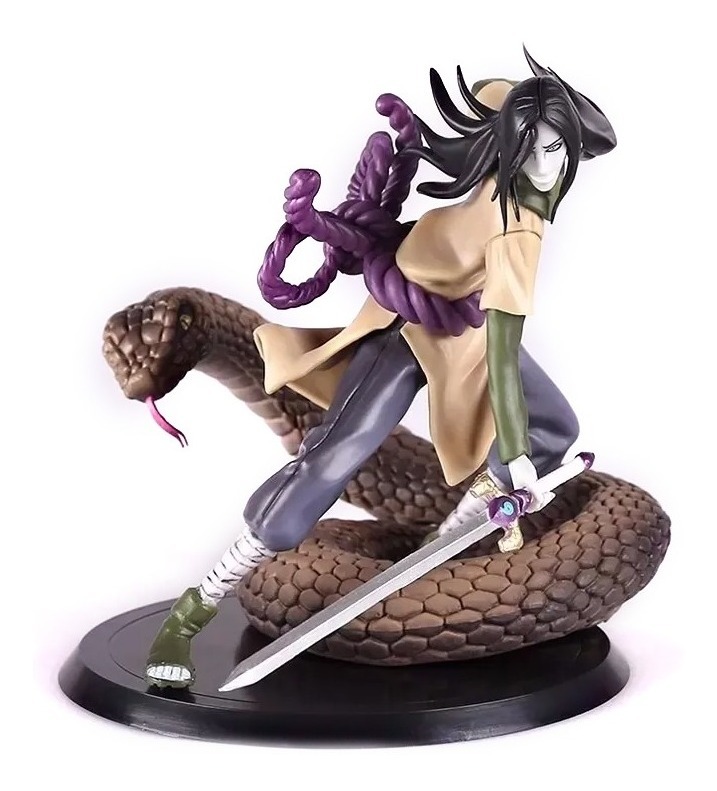

Rarity Guide For Japanese and English Cards An interesting note is that each booster set has two "package" variations, one whose foil rares is foiled with a diamond-shaped pattern, while the other is a wavy, swirl-like pattern. In American booster packs containing Super-rares (Ultra-rares in Japan), the foil card is replaced by the Super Rare and the Rare card is left alone. The Japanese version uses such cards as "Super-rares," instead of simply making foil versions of any given card. The American version also has "Foil" cards, which are shiny versions of normal cards. Levels of rarity are named differently in the American version to match conventions used by other collectible card games for simplicity reasons.

Like other collectible card games, a card's rarity often marks its overall power or usefulness however, certain cards are also made rare simply for their popularity, instead of for strategic reasons. In 2022, 9 years after the games discontinuation, the booster packs and boxes can fetch high prices on auction sites.ĭepending on the combination of dots on the bottom line of any given card, that card will have a specific rarity. The game's popularity has led to an established market for cards via the internet, with some super-rares going for over US$40 on eBay. These are fifty card packs containing one forty-card deck, a ten-card sideboard, a game playmat, a turn-counter, and a stainless steel "ninja blade coin." Booster boxes (display boxes containing 24 booster packs) and theme deck sets (containing all four different decks) are also sold for bulk purchasers. "Super-rares" are included in boosters to a varying probability, with one super-rare per 12 packs in the first four (4) sets, and one super-rare per 6 packs in editions released after Revenge and Rebirth. These symbols are the card's "jutsu cost", and must be paid for applying the upper-right hand symbols (Chakra type) of cards in the player's chakra (voluntary discard) area in order to gain their effects in battle.Ĭlient cards are similar to Ninja cards, but have two chakra types in the upper-right corner and have no power statistics (they cannot be used in ninja battles).īooster packs in North America are sold in two alternate art packages, they contain six common cards, two uncommon cards, a foil of a random rarity and a rare card with a foil lettering on the name.

Jutsu cards have various symbols beneath the name of the card. Mission cards are designed in basically the same manner as Ninja cards, but have a deep sea green background and lack power, characteristics and a combat attribute. The combat attribute is used in determining the effect of other cards used on it. In most cases, the injured number is lower than the healthy one. The number printed on the bottom is the card's healthy power while the one printed on the side is its injured power (which comes into effect after the card is defeated by another). In the bottom-right corner are the combat and support numbers and the combat attribute, the former of which determines the card's overall power. Beneath that is the card's effect text, which clarifies what a ninja does aside from attacking and defending. It may also have certain special effects or statuses such as "Mental Power", "Ambush" and/or "Growth". Below the card name is the card's basic characteristics, giving the ninja's home village, rank, and gender. To the right are the card's Entrance cost and Hand cost, identified by a shuriken and an image of three cards, respectively, both of which are numbered. To the left of the card name is the ninja's village of origin. Ninja cards are identified by a grey background or by the card type symbol. On the bottom of every card lies the copyright information, card number, set logo, and a number of white, yellow or red dots (or lack thereof) determining rarity. The lower half gives the name of the card and describes its effects and statistics. The upper-left and upper-right corners identify the card type and symbol type, respectively. The upper half is the art while the lower half illustrates its subject. Of those fifty cards, no more than three cards of the same name can be used in a single deck.Ī Naruto card is divided into two halves. Players each use a deck consisting of exactly fifty cards. In cases where both players meet the conditions to win, the win is deferred to the current attacking player. The goal of the game is to either earn ten battle rewards before the other player or force the other player to run out of cards. This is a multi-player, duel-based game, in which players take alternating turns putting cards into play and attacking using Ninja cards combined with Jutsu, Mission, or Client cards.


 0 kommentar(er)
0 kommentar(er)
